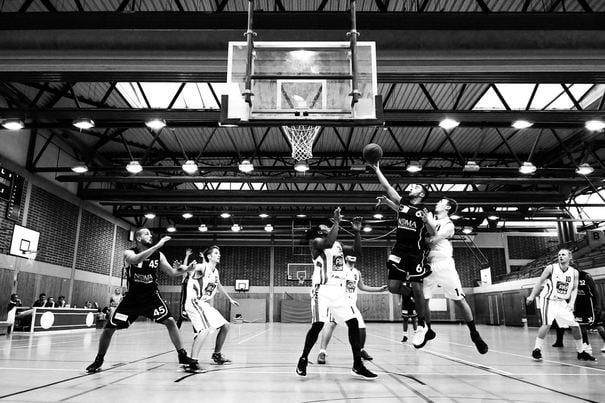
Sports injuries can be a serious burden on health and enjoyment of your game. Not surprisingly, due to our love of a game, sports injuries are very common in Australia. A recent survey in 2022 found that 1 in every 5 people playing sport got injured. For many of us, playing sports is an important part of our social life, and is good for maintaining our physical and mental health. High-quality management by your physio is essential to ensuring you are able to get back on the field, pitch, dance floor or whatever else you do for sport, as soon as possible.
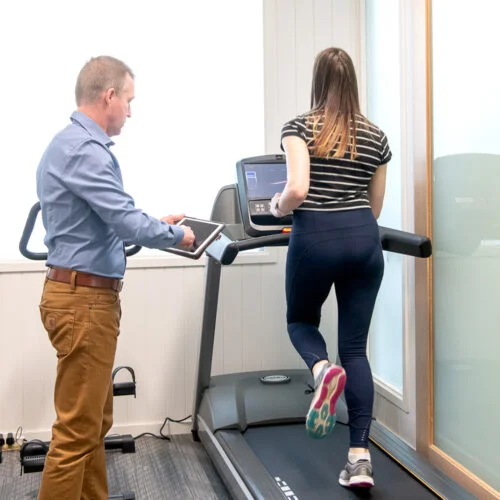
There is universe of different sports injuries! So let’s broadly classify them.
Injuries from sports are extremely common in our clinic. Our combined clinical experience over the past 35 years gives us enjoyment to see people get back in their game be it an individual or team sport. We have seen a variety of sports people, both amateur and professional.

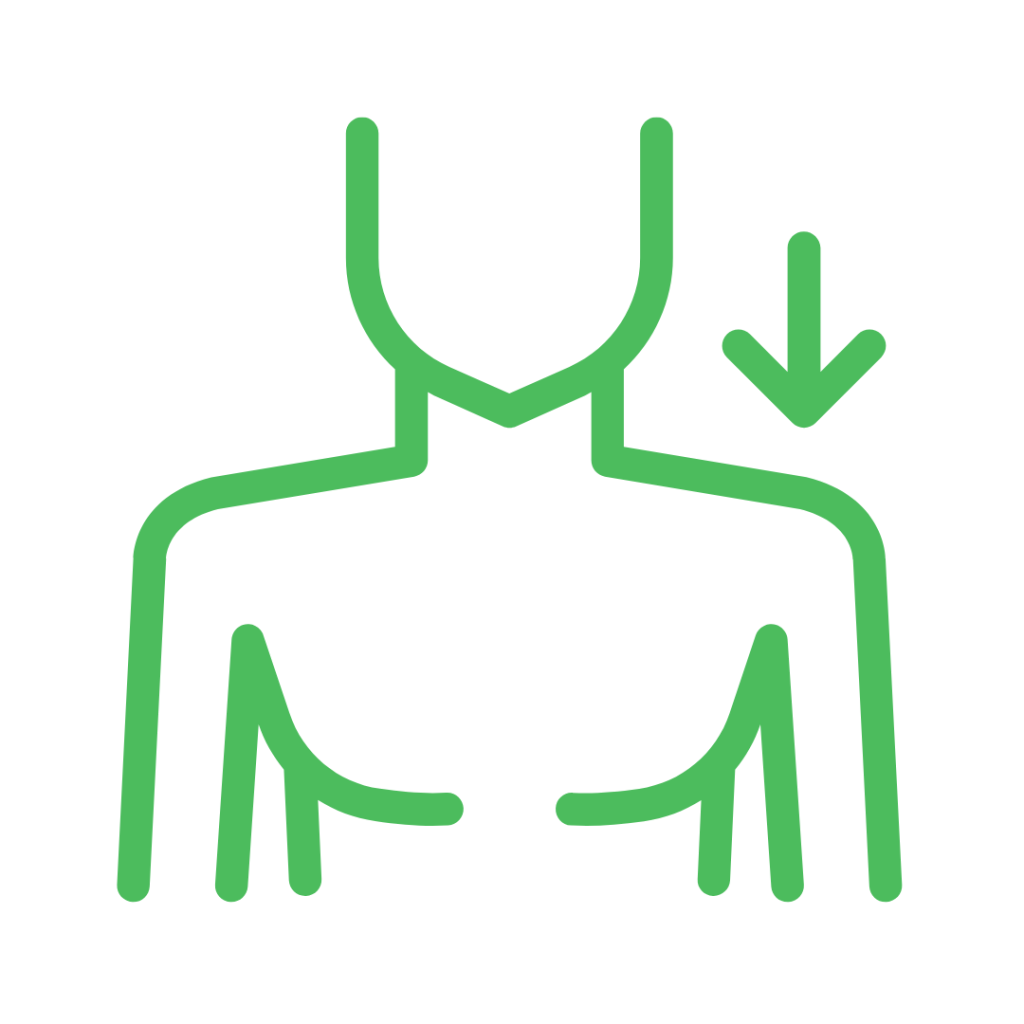

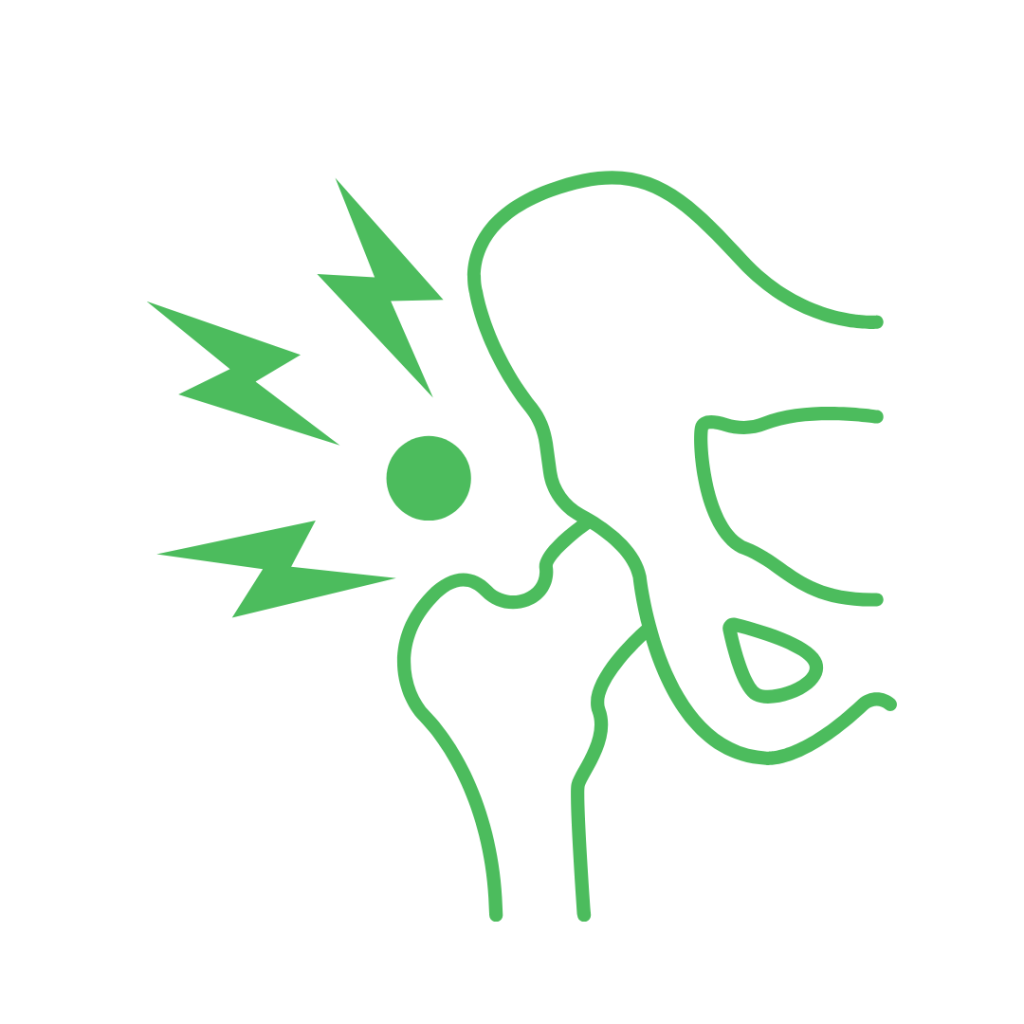
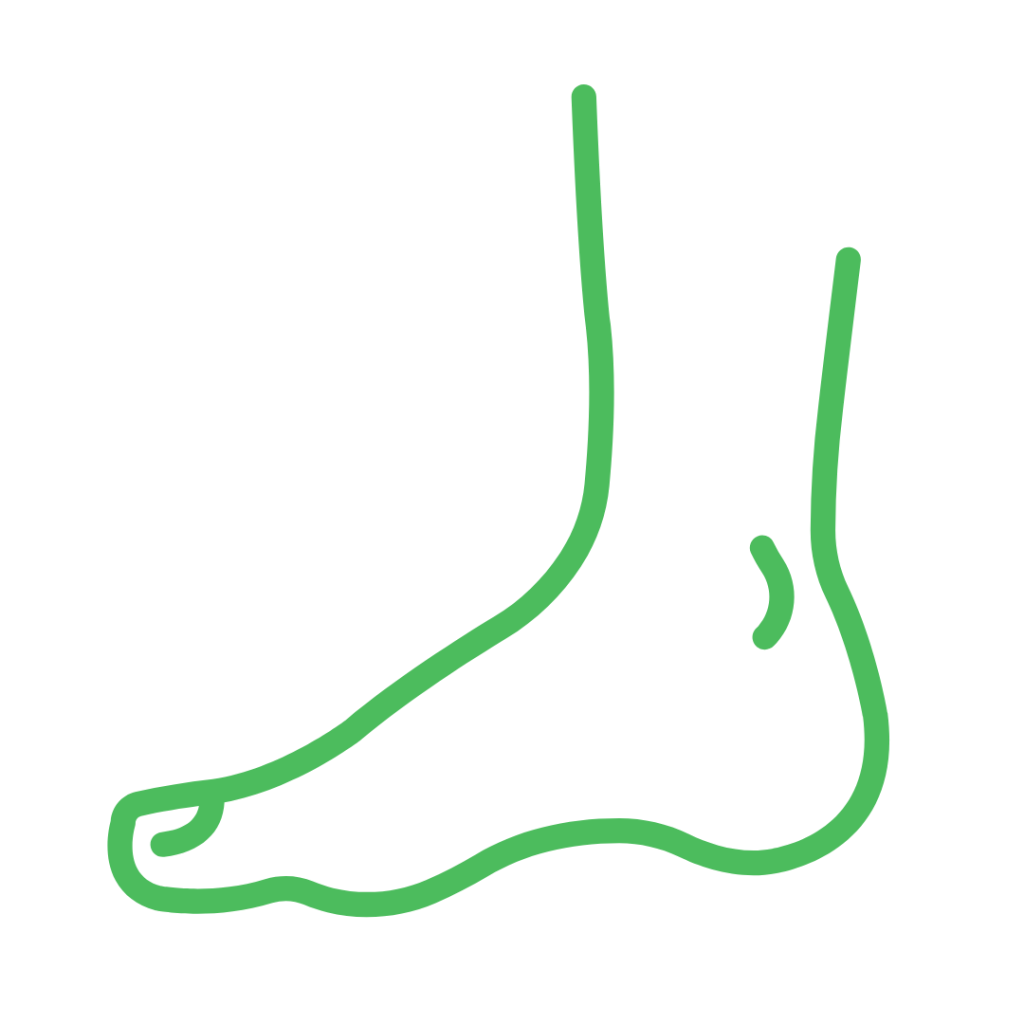
There are many different approaches to the initial management of the injuries above. Some practitioners still recommend the use of icing immediately after injury and following the RICE protocols (rest, ice, compression and elevation). Ice has shown some benefit in injuries that present with extreme swelling, but for injuries like a minor hamstring tear or plantar fasciopathy where there is rarely evidence of extreme swelling, icing may not be as useful. Heat is another option that some practitioners recommend. Heat is commonly recommended 48 hours post-injury, and is claimed by some to assist in the recovery process.
Why not? Everyone needs a bit of that to get started. Peace and love is integral to the first stage of our 3 step rehabilitation process. This follows a thorough informed clinical opinion.
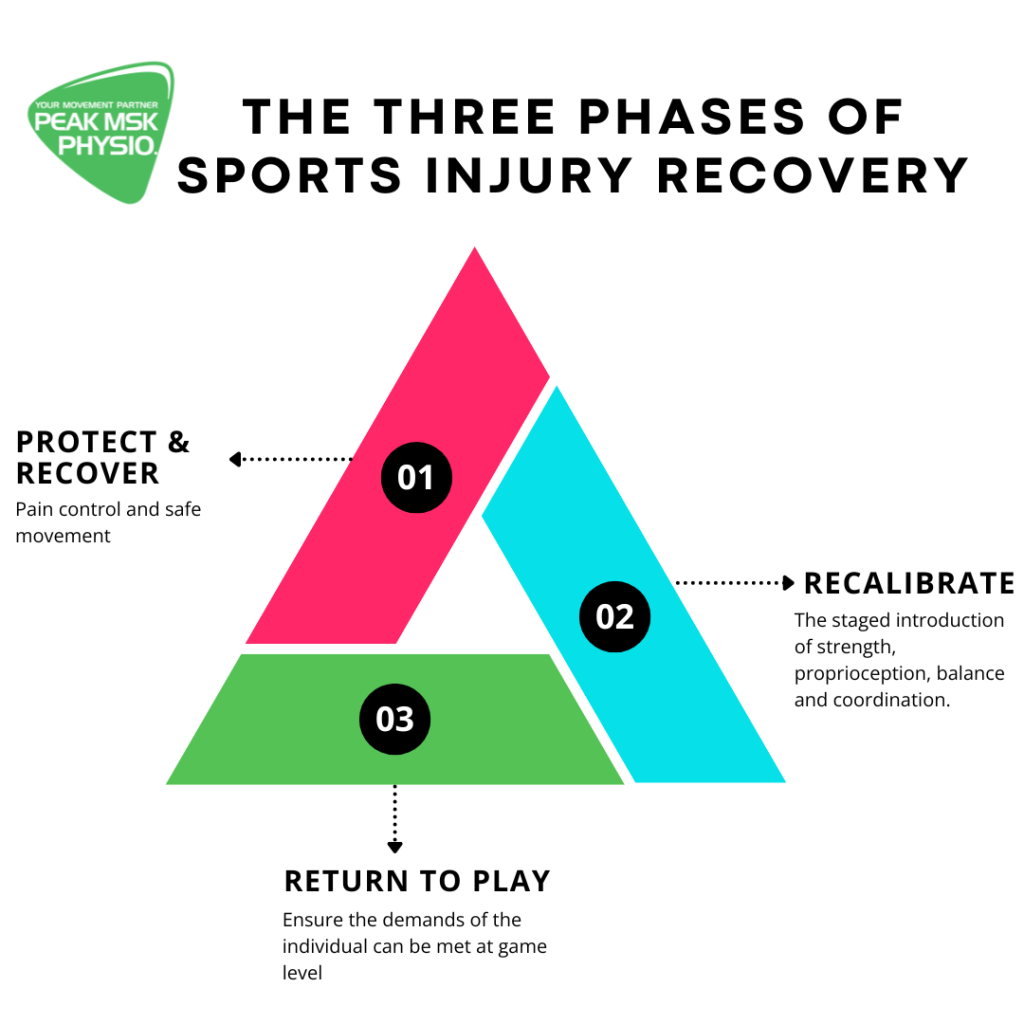
PROTECT AND RECOVER phase, our focus is on pain relief and preventing movements that could worsen the injury, while also controlling inflammation through measures like compression and elevation.
RECALIBRATE stage, we gradually reintroduce strength, balance, and coordination exercises tailored to the athlete's specific sport and skillset, aiming to prevent future injuries.
During the RETURN TO PLAY phase, we monitor the athlete's progress, including strength, pain, fatigue, and confidence levels, ensuring they're ready for full activity.
Our approach includes setting SMART goals and customizing exercises to mimic the demands of their sport, minimizing the risk of re-injury.
Ultimately, professional guidance is crucial to prevent premature return to sport and ensure a successful recovery.
We are a clinic of experienced physiotherapy practitioners working together for you to get your game mojo back. We are very aligned in our approach with the best scientific research to inform the decisions we take for your care. We do this with honesty and empathy. No one wants to miss out on their sports and hobbies!
It depends on the severity of the injury and how much the injury and your symptoms are affected by the sports you are playing. If symptoms worsen during or after sports, we recommend reducing the duration or intensity of sports. When you start to recover, you can gradually build up the intensity as tolerated. You may also try an alternative sport or exercise program to temporarily replace your original one while you are recovering. A complete stop of exercising is not recommended as it can cause deconditioning of the musculoskeletal and cardiorespiratory systems, making it difficult to return to play in the future.
Your practitioner can use data via testing to ensure you maintain the same levels of strength and function post injury. This will give you the best chance to return to sport at a high level.
Some injuries such as ACL, serious fractures and severe muscle tears can lead to a season-ending outcome. However, most sports injuries can be managed over the course of 7 weeks. This includes monitoring the athlete once they have returned to play.
Running on injured joints has posed a slightly increased risk to developing early osteoarthritis. However, studies have demonstrated that active individuals are less likely to notice any symptoms or changes in their function once they develop osteoarthritis. This is due to active people being more likely to have stronger muscles to support their joints.
No, you should not play through the pain. The principle “No pain, no gain” may be true in other aspects of life, but it is not when it comes to sports injuries. Pain is a signal generated by our body to warn us of potential threats or changes in the body. In sports, those changes can be a sprained ligament or a strained muscle. If you continue to play regardless of the symptoms, the injury may get worse and affect how long it will take to recover.
Surgery is not necessary and not recommended most of the time. In fact, research over the past decades has proved that conservative management including rehabilitation through physiotherapy is more effective than surgery for most sports injuries. While some injuries such as fractures and dislocations require immediate surgical management, conservative rehabilitation remains the first-line treatment for less serious injuries. Our physiotherapists will be able to assess the severity of your injury and discuss with you whether rehabilitation or surgery is a better option for you.